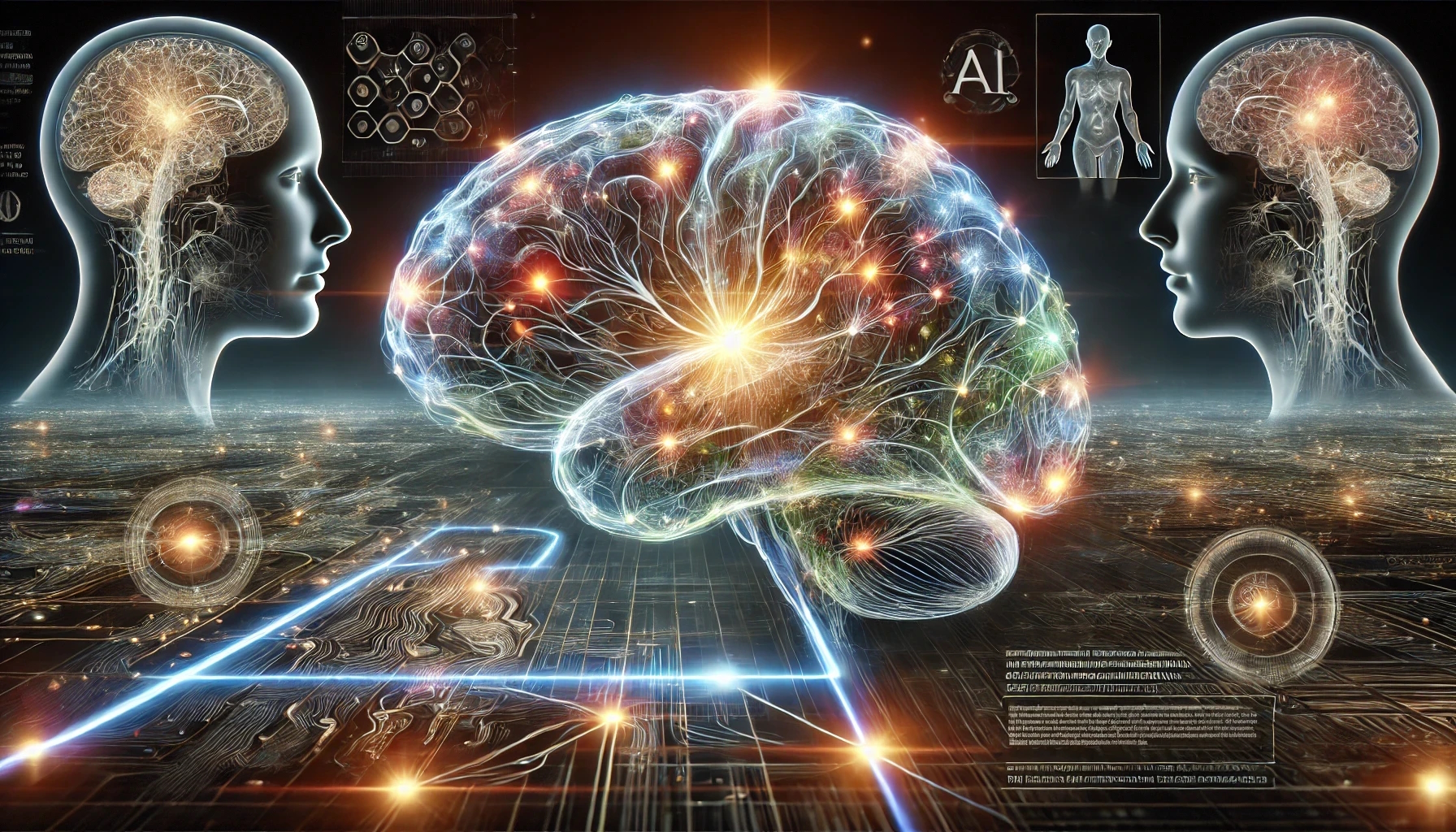As machines increasingly mimic human thought, the alliance between artificial intelligence (AI) and neuroscience is painting a vivid picture of the brain’s hidden landscapes. AI algorithms are evolving to decode the cryptic language of neuronal patterns, revealing insights into behaviours, gender-specific brain organisation, and the intricate dance of ageing. This article delves into the ground-breaking developments in AI’s ability to map brain activity, offering a glimpse into future possibilities for neuroscience and medicine.
Unveiling Behavioural Patterns and Gender Differences
Recent advancements have seen AI decipher brain patterns associated with specific behaviours, heralding a new era for behavioural neuroscience. A study has showcased an AI model capable of identifying these patterns, promising applications that could redefine our understanding of behaviour. Furthermore, Stanford Medicine researchers have unveiled a model that distinguishes brain organisation patterns in men and women with remarkable accuracy, challenging previous assumptions about gender-related neurological difference.
While these developments are promising, they also spark debates about the ethical implications of such precise brain mapping. The potential for misuse in areas like privacy and personal data security cannot be overlooked. As AI continues to penetrate deeper into our cognitive landscapes, balancing innovation with ethical considerations becomes paramount.
AI’s Role in Understanding Cognitive Processes
Beyond identifying static patterns, AI is enhancing our comprehension of dynamic brain functions, such as thought prediction and information processing. This technology is not only mapping how the brain anticipates future events but also offering insights into cognitive disorders. The ability of AI to predict thoughts and cognitive outcomes opens doors to revolutionary treatments for conditions like Alzheimer’s and schizophrenia, providing a beacon of hope for millions.
However, the road to these advancements is fraught with challenges. The complexity of accurately modelling the human brain’s predictive capabilities remains a significant hurdle. As AI models become more sophisticated, ensuring their reliability and accuracy is crucial for their successful application in clinical settings.
Transformative Implications for Medicine
In the medical realm, AI’s ability to interpret EEGs—a vital brain test—is transforming neurological diagnostics. By improving the accuracy of these interpretations, AI aids in the early diagnosis of neurodegenerative diseases such as Alzheimer’s and Lewy body disease, facilitating timely interventions and better patient outcomes. Additionally, AI-driven technologies are enabling non-invasive tracking of disease progression, such as Parkinson’s, through innovative video-based assessments.
These advancements, while promising, highlight the necessity for robust clinical validation. The integration of AI into medical practice demands rigorous testing and validation to ensure safety and efficacy, as any errors could have profound implications on patient health.
The Future of AI in Neuroscience
In the kaleidoscope of neurons and synapses, AI is becoming both cartographer and translator, unlocking the secrets of the brain. These technological strides not only enhance our understanding of brain patterns but also ignite a transformative wave in diagnosing and treating neurological disorders. As AI continues to evolve, its potential to unveil further mysteries of the human mind is boundless, offering unprecedented opportunities for personalised medicine and improved mental health treatments. For more insights into AI’s impact on neuroscience, explore FineSkyAi’s Neural Network News archive.
The journey ahead is both thrilling and daunting, with AI poised to redefine the boundaries of our cognitive potential and the ethical frameworks that govern it. As researchers, medical professionals, and AI enthusiasts stand on the brink of these discoveries, the promise of a deeper understanding of the human brain beckons—a promise that carries with it both hope and responsibility.
In Other News…
Robotic Leg with Artificial Muscles Pioneers Advanced Mobility
Researchers from ETH Zurich and the Max Planck Institute have developed a robotic leg that mimics human muscles, powered by electro-hydraulic actuators. This leg can walk, jump, and navigate uneven terrains, offering a new energy-efficient solution for soft robotics.
Read more
Study Reveals Dangerous Overtrust in AI for Life-or-Death Decisions
A UC Merced study found that two-thirds of participants allowed AI to influence their decisions in life-or-death simulations, even after being warned of its limitations. This raises concerns about growing reliance on artificial intelligence in high-stakes situations.
Read more
Fungus-Controlled Robots: Blurring the Line Between Nature and Tech
Cornell University researchers have created biohybrid robots controlled by fungal mycelia. These robots use natural electrical signals from fungi to react to environmental changes, opening new possibilities for biohybrid machines.
Read more


